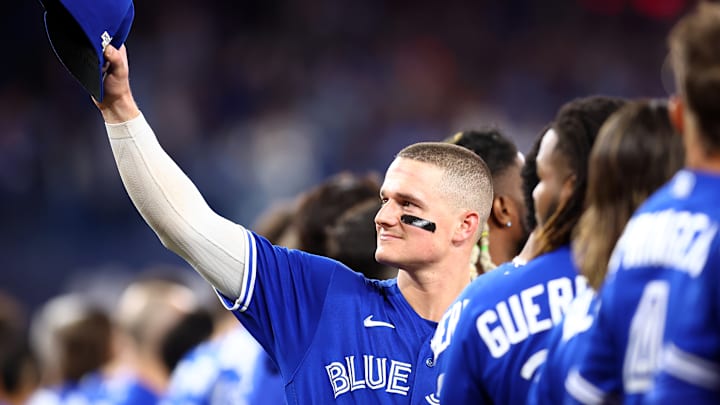With three months until 2023 Opening Day on March 30th against the St. Louis Cardinals, the Blue Jays major offseason roster overhaul looks largely complete. After trading for OF Daulton Varsho, General Manager Ross Atkins said “I think our heavy lifting is done”, although they are “certainly not ruling anything out and would expect some incremental improvements.”
Assuming the Opening Day roster is mostly set, and that MLBTR and RosterResource projected $45.6M in salaries for the Jays’ twelve arbitration eligible players is close to the actual figure, the Blue Jays competitive balance tax (CBT) payroll for the 2023 season looks to fall somewhere near the $233M luxury tax threshold.
It’s been an eventful offseason so far, with Ross Stripling, David Phelps, Bradley Zimmer, Raimel Tapia and Jackie Bradley Jr. departing via free agency; starter Chris Bassitt and CF Kevin Kiermaier arriving as free agents; Anthony Kay lost to the Cubs on waivers; and, Teoscar Hernández, Lourdes Gurriel Jr., and rookie Gabriel Moreno moved in trades for reliever Erik Swanson, pitching prospect Adam Macko, and Varsho.
However, the 2023-24 offseason might provide even more fireworks, with LHP Hyun Jin Ryu, 3B Matt Chapman, Kiermaier, 2B/OF Whit Merrifield, and relievers Yimi García and Anthony Bass all potentially pending free agents.
